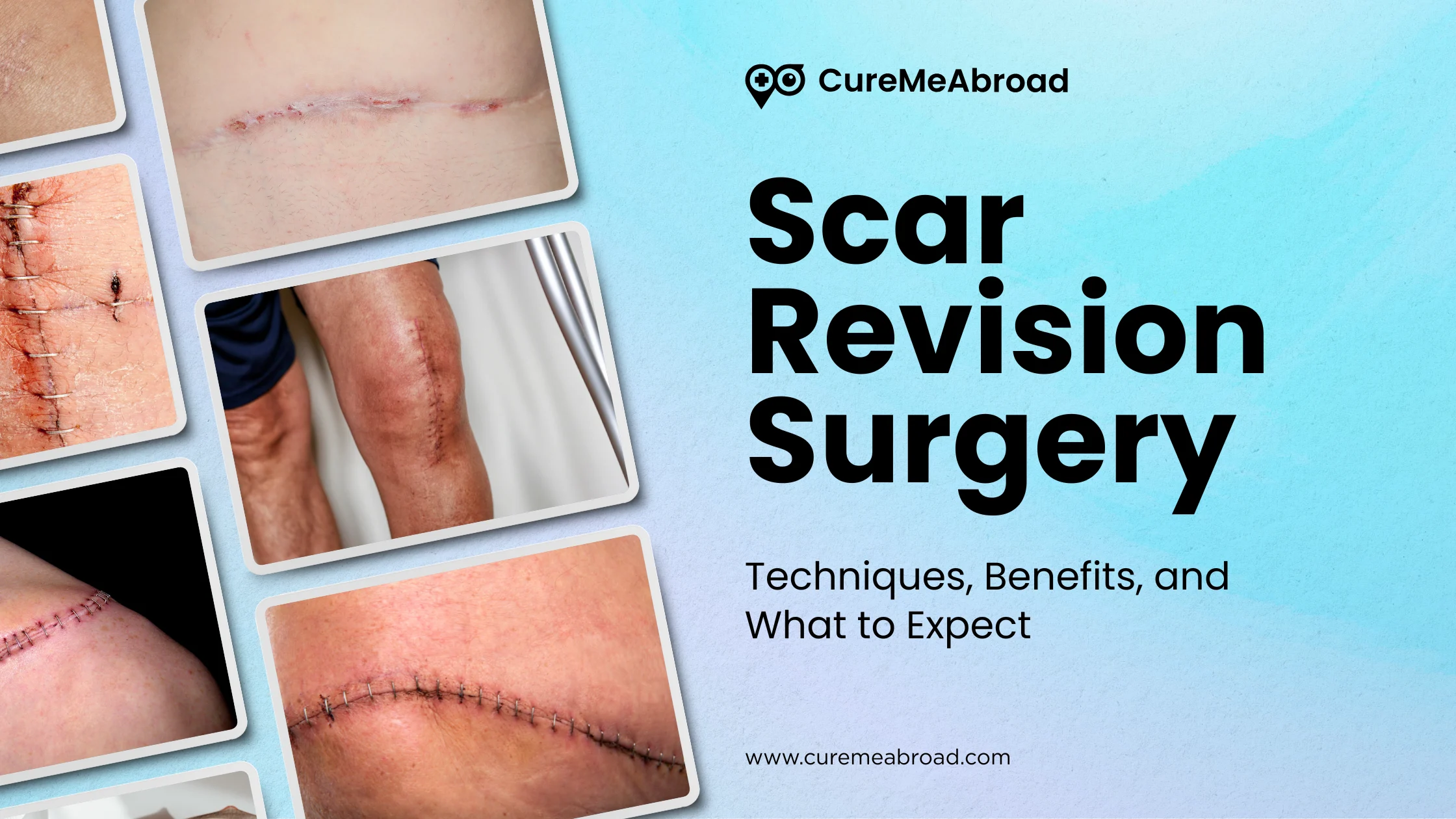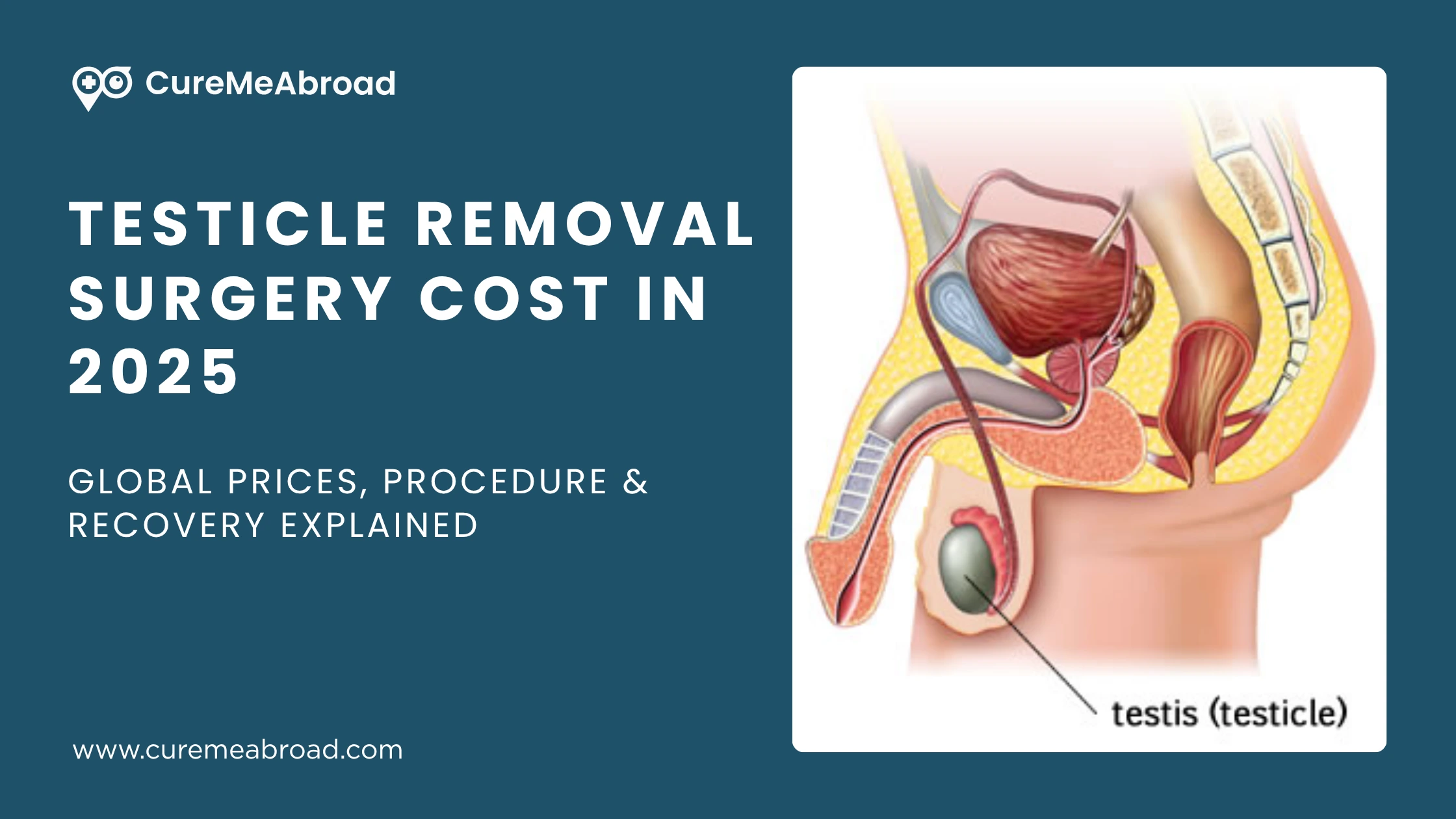Scars often tell a story of injuries, surgeries, or even health battles. But while some scars fade quietly into the background, others can feel like constant reminders that impact a person’s confidence or comfort. That’s where scar revision surgery comes in. It doesn’t erase scars completely, but it helps blend them more naturally with the surrounding skin, making them less noticeable.
If you’ve ever considered this option, let’s walk through what it involves, the different techniques used, the benefits you can expect, and how to prepare for the journey.
What is Scar Revision Surgery?
Scar revision surgery is a medical procedure aimed at minimizing the appearance of scars caused by injuries, burns, or previous surgeries. While scars can never be fully removed, this surgery helps improve their size, shape, or texture so they look smoother and more aligned with your natural skin tone.
The process isn’t just about looks it’s also about restoring mobility and comfort in cases where scars restrict movement, such as with burn contractures or joint-related scars.
Types of Scars Treated
Not all scars are the same, and the treatment approach depends on the type of scar. Here are the most common categories:
| Type of Scar | Description | Example |
|---|---|---|
| Hypertrophic | Thick, raised scars that remain within the wound boundary | Often seen after surgery cuts |
| Keloid | Dense, raised scars that extend beyond the wound site | Often seen after burns, ear piercings, surgical incisions like C-section, chickenpox scars |
| Contracture | Tight scars that limit skin movement | Burn-related scars |
| Acne Scars | Pitted or uneven surface scars | Post-acne marks on face |
| Atrophic Scars | Sunken scars caused by tissue loss | Chickenpox scars |
Techniques of Scar Revision Surgery
Different techniques are used depending on the type of scar, its location, and the results you’re aiming for. Here are the most widely used methods:
| Technique | How It Works | Best For |
|---|---|---|
| Surgical Excision | The scar is surgically removed and the wound is carefully closed for a cleaner line | Large or wide scars |
| Skin Grafting | Skin from another part of the body is transplanted onto the scarred area | Burn contractures |
| Dermabrasion | A motorized device gently sands down the skin’s top layers to smooth scar tissue | Acne scars, uneven texture |
| Laser Therapy | Uses concentrated light beams to reduce redness, flatten raised scars, and stimulate healing | Keloids, hypertrophic scars |
| Steroid Injections | Cortisone injections soften and flatten scars over time | Keloid and hypertrophic scars |
| Z-Plasty / W-Plasty | Techniques that reposition a scar to align with natural skin creases | Facial or joint-area scars |
Often, doctors combine multiple methods to achieve the best results. For example, surgical revision followed by laser therapy for smoother healing.
Benefits of Scar Revision Surgery
Undergoing scar revision surgery can bring both physical and emotional benefits:
- Improved appearance of visible scars on the face, arms, or other exposed areas.
- Restoration of mobility and function when scars limit movement.
- Boosted self-esteem and confidence in social or professional environments.
- Relief from discomfort, itchiness, or pain associated with thicker scars.
- Better blending of scars with surrounding skin tone and texture.
Think of it as a fresh start helping you feel more comfortable in your own skin.
What to Expect Before the Surgery
Walking into surgery prepared reduces anxiety and ensures smooth healing. Here’s what typically happens before any scar revision surgery:
- Consultation: Your surgeon evaluates the scar type, your skin type, and your expectations. Digital imaging may be used to show potential results.
- Medical history check: You’ll discuss allergies, prior treatments, or underlying conditions.
- Lifestyle tweaks: Smoking and excessive sun exposure can delay healing, so you may be asked to adjust habits.
- Medication guidance: Avoid blood thinners, NSAIDs, or herbal supplements that may increase bleeding risk.
What to Expect After the Surgery
Every recovery journey is unique, depending on the type of treatment, the scar’s size, and your body’s healing process. But generally, here’s what you can expect:
| Timeline | What Happens | Tips for Healing |
|---|---|---|
| First Week | Mild swelling, redness, or tenderness around the site | Use prescribed ointments, avoid touching the area |
| 2–4 Weeks | Sutures heal, scar tissue starts forming again | Protect the area from sunlight, eat a protein-rich diet |
| 1–3 Months | Scar appearance gradually improves | Gentle massage (if advised), stay hydrated |
| 6–12 Months | Final results visible as scar matures and softens | Regular check-ups ensure long-lasting results |
Your surgeon may also recommend follow-up treatments like laser therapy or silicone sheets to enhance healing.
Risks and Considerations
Like any surgery, scar revision involves some risks, though serious complications are rare. These include:
- Infection or delayed wound healing
- Risk of new scarring or keloid formation
- Temporary numbness or sensitivity in the treated area
- Skin color mismatching
Choosing a qualified, board-certified surgeon reduces these risks significantly.
Cost of Scar Revision Surgery
The cost depends on the chosen technique, scar size, and location of treatment. While exact prices vary by region, here’s a general range:
| Country/Region | Average Cost Range |
|---|---|
| United States | $1,500 – $5,000 |
| India | ₹40,000 – ₹1,50,000 |
| UK | £1,200 – £4,000 |
| Middle East | $1,000 – $3,500 |
Insurance may cover the surgery if it’s medically necessary, like improving mobility, but cosmetic procedures are usually out-of-pocket.
Tips for Better Outcomes
To make the most of your scar revision surgery, follow these steps:
- Be realistic with expectations surgery improves scars but rarely makes them invisible.
- Follow your doctor’s aftercare instructions diligently.
- Protect healed scars from sun exposure with sunscreen or coverings.
- Eat a balanced diet rich in vitamin C and zinc to promote collagen healing.
- Avoid unnecessary skin stress like harsh cosmetics or scratching.
Final Thoughts
Scars may be part of life, but they don’t need to define your confidence. With modern advances in scar revision surgery, people now have effective options to reduce scar visibility and improve both appearance and function.
Whether your scar is from acne, burns, or surgery, the right technique can help restore smoothness and give you back a sense of freedom. The journey takes patience, but the results are often life-changing.









